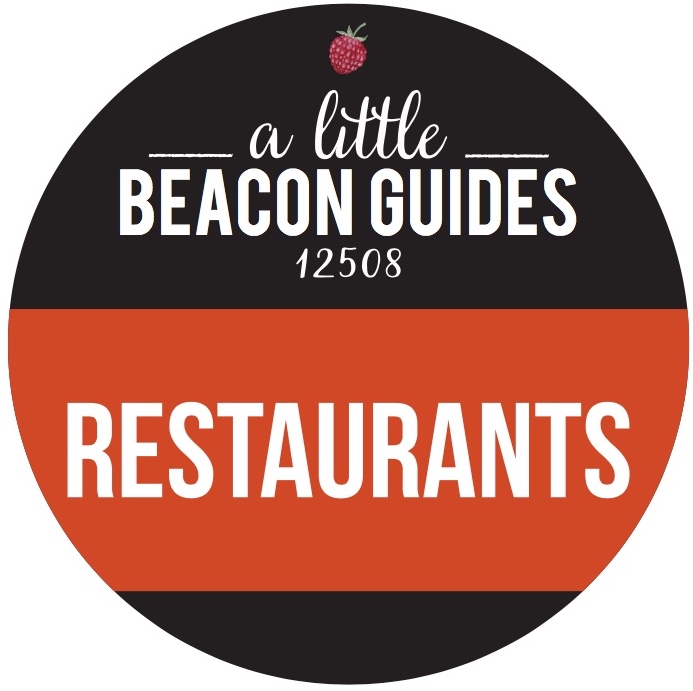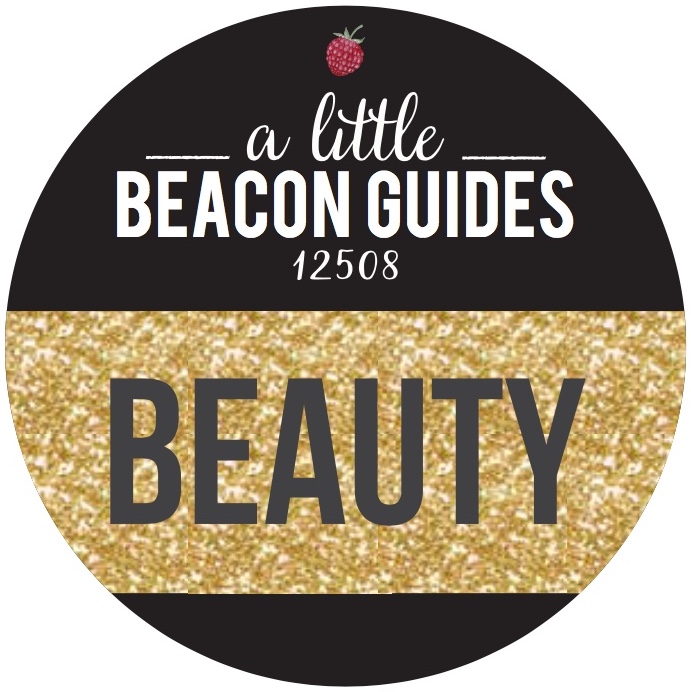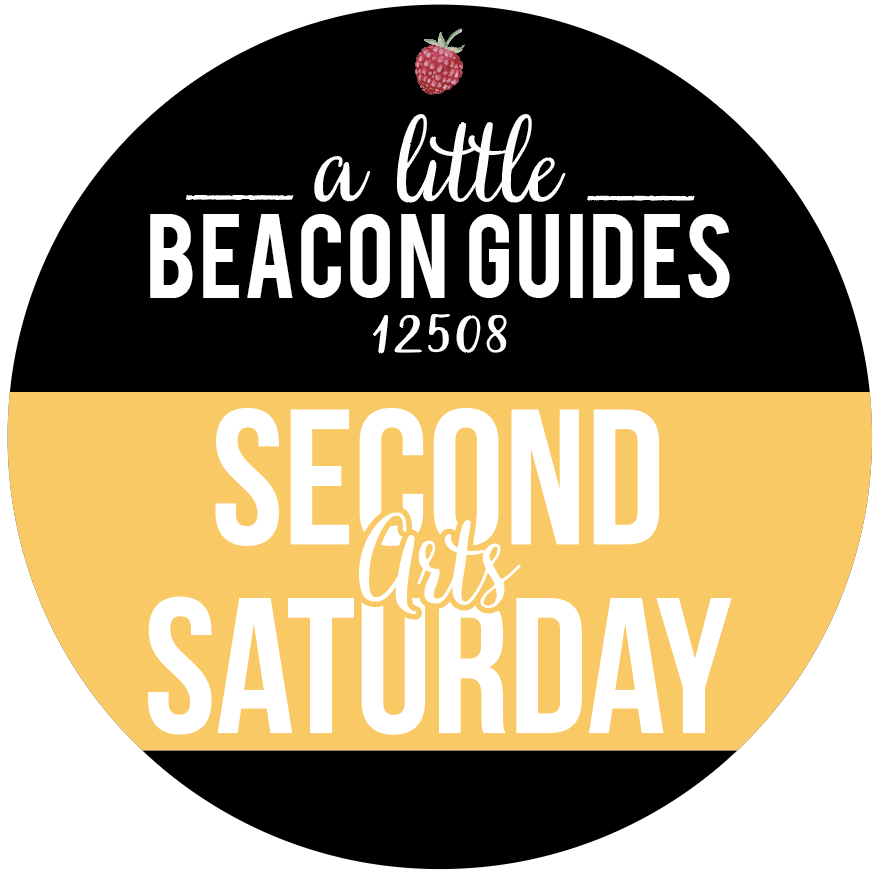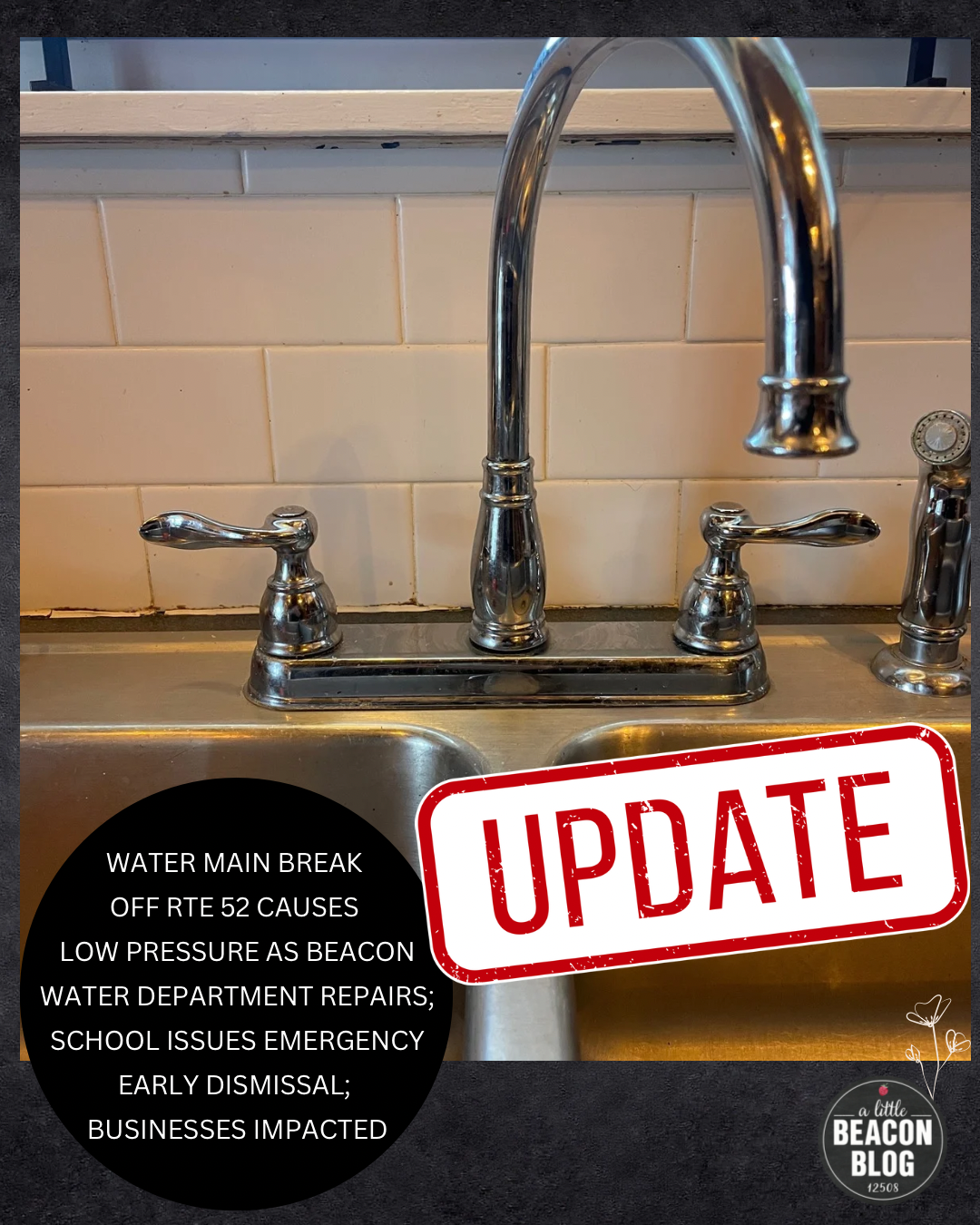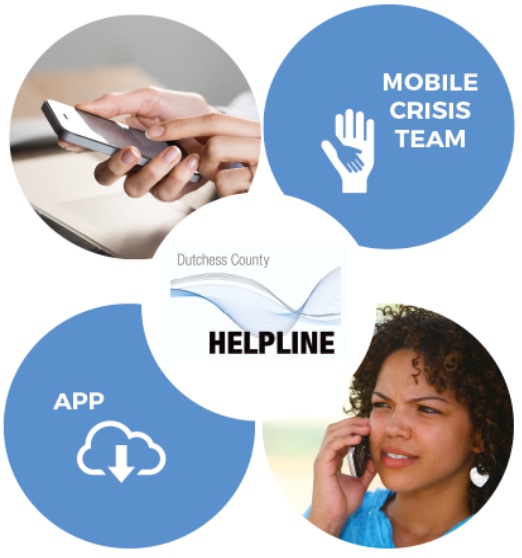Teacher Learning Days :: What Beacon Teachers Learn On Learning Days
/Photo Credit: Katie Hellmuth Martin
Editor’s Note: We’d planned for this article to come out in March, when the Professional Learning Day happened for Beacon City School teachers, but time got the best of us. With the recent passing of the Beacon City School budget, we’re publishing it now so that you can see how budget items relate to what teachers prepare for during the year.
When Teacher Learning Days happen in the winter, at first blush, they create extra long weekends - or weeks, if there are snow days abutting the Professional Learning Day. A parent hardly thinks about what the teachers are actually learning and why there is a day off. The day is just another day off, and another day to figure out what to do if you are a working parent who needs to juggle around a childcare schedule.
What happens inside the classrooms of Beacon schools on Professional Learning Days had mostly been a mystery to parents in the district. But then Beacon’s new-ish Superintendent, Dr. Matthew Landahl, started sending regular email updates, giving a glimpse of what teachers work on during those student days off.
Below is a breakdown of the main agenda items on a Professional Learning Day in March 2019, with clarification provided by Dr. Landahl or the actual agenda itself:
Responsive Classroom Training - What Is This?
On the learning day, 25 teachers participated in the Responsive Classroom training. But what is a “Responsive Classroom?” There is a website for it, and according to that website, it is defined as: “Responsive Classroom is an evidence-based approach to education that focuses on the strong relationship between academic success and social-emotional learning (SEL). The Responsive Classroom approach empowers educators to create safe, joyful, and engaging learning communities where all students have a sense of belonging and feel significant.”
Sounds neat, so we asked Dr. Landahl what Responsive Classrooms mean for Beacon: “Responsive Classroom is a model that teachers can implement in their classrooms that focuses on the power of teacher language, interactive modeling, and Morning Meetings. When I was an elementary principal in Virginia of a very diverse school, we worked extensively with Responsive Classroom.”
Morning Meetings! My third-grader has persistently pestered me to be more on time - and earlier - to school drop-off so that she can get to her Morning Meeting. The last minute of drop-off is at 9:01 am, and the school doors of our building open at 8:40 am. During that time, Morning Meeting transpires, and the kids take it very seriously.
Dr. Landahl continued: “Teachers raved about the training and they were able to bring a deeper sense of community to the classroom and the entire school. Our hope is to have many of our teachers trained in the model in Beacon to find ways to increase social/emotional learning for all of our students, and to build communities in our schools.”
Restorative Practices for Middle School Teachers
Restorative Practice trains in how to respond to challenging behavior.
Coding in the Classroom
Teachers are implementing coding into their classrooms, with events such as a Coding Night held at South Avenue Elementary earlier this year by the school librarian, Mr. Aaron Burke. During this portion of Professional Learning Day, teachers from all grade levels got to look at various websites and resources that promote computational thinking and problem-solving, using computer coding strategies and skills. Robots were incorporated, including the Dash robot, Ozobots, and the Sphero Bolt. Teachers were able to brainstorm ideas for to how these resources could be used in the curriculum.
Using 3D Printers - Did Not Know Beacon Schools Had Them!
This is exciting news. According to the learning day agenda, every school in the Beacon City School District has a 3D printer. If you’re a parent in the district, you’ll know how much paper in different colors comes home as flyers, homework assignments, lunch menus, etc. These are run on a regular printer. But what can a 3D printer make? Teachers were able to find out during this training session, also led by South Avenue’s librarian, Mr. Burke, that included learning the basics of how 3D printers work. With Mr. Burke’s assistance, teachers could design a simple project using Tinkercad.
Using Google Docs and Google Classroom
Lots of collaboration going on with Google in our schools. In my day, this was with Apple, where Apple computers dominated the computer labs, and Word and Excel from Microsoft also tried to dominate as software. Now we have Google’s Chrome Books in the classrooms, and Google’s Drive platform, which is basically Word and Excel online where people can connect in the documents and share writing and creation experiences.
Teachers were trained in Google Classroom and other tools including Google Slides and Google Docs (both parts of Google Drive, functioning similarly to PowerPoint and Word) in the primary grades. According to the learning day agenda, teachers were trained in: “Google Slide tools for projects such as creating signs, ebooks, stop-animation videos, collaborative projects, interactive presentation, and choose-your-own adventure stories. Tips for helping students create more effective presentations will be included as well.”
I could use some tips from my 9-year-old on how to make better slide presentations, or an ebook!
Side Note Opinion: What does this classroom tech mean for privacy? This does mean that Google can now track a lot of our behavior and data. As can Apple with our phones, and every single app that we use, yet Apple has tried to brand itself as a protector of privacy. So far, Facebook is the main platform I avoid strongly, as they have proven time and again, and continue to prove with new editorial decisions every day, that they aren’t responsible with our information. So far, my hope and trust will remain with Apple and Google.
Collaborating with Dia: Beacon
Beacon students benefit from Dia: Beacon’s presence just down the road, overlooking the Hudson River near the Metro-North train station. An arts and education program between Dia: Beacon and BCSD has been in place for 18 years. Many opportunities exist, including the Teen Art Program we just wrote about. Additionally, Beacon’s second-graders take a field trip to the museum. (Parents are invited to attend, to help manage the kids.)
Teachers were able to explore the galleries and collaborate with Dia artist educators in preparation for spring programming. The arts education program provides K-12 students with an intimate setting to respond critically to the art and programs at Dia:Beacon through multisession workshops both at school and in the galleries.
Elementary Science/STEM Curriculum Training
Curriculum trainers, along with TEQ, facilitated a walk-through of the science/STEM curriculum unit that was developed and revised during this school year. In addition, TEQ will provide professional development on the Engineering Design Practices of the new New York State Science Learning Standards.
Mindfulness for Educators: The What, Why, and How
This workshop was an opportunity for “teachers and other school staff to slow down, step back, and consider the fast-paced world of the classroom from a new perspective.” According to the learning day agenda, teachers face a variety of stresses, both in and out of school, which can impact their professional performance as well as their social and emotional well-being. “The growing body of research continues to suggest that teachers who participate in mindfulness training and practice regularly are more likely to feel personally and professionally fulfilled and more connected to their students - critical factors in creating a school-based culture of mindfulness.”
Data-Driven Conversations for High School Teachers
Data usually sounds dry and impersonal, but for those of us who do study it, it can be revealing about human behavior and how we can deliver what people want. Teachers were trained in this concept, and how to use the data to improve learning efforts.
So now we know - Professional Learning Days are intense! Meanwhile, parents are making pancakes and organizing play dates or other adventures for kids who are happy to have the day off.




